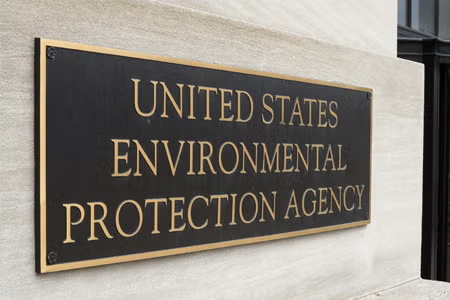Formaldehyde is a substance made of carbon, hydrogen, and oxygen. It is found naturally in every living system – from plants to animals to humans. In fact, humans produce about 1.5 ounces of formaldehyde every day as part of our normal metabolic process.
Formaldehyde is a critical chemical building block in the production of hundreds of items and plays an important role in everyday life. For example, not only is the generation of formaldehyde essential for human metabolism, it is also used as part of the process to create and form many materials that we depend upon regularly. However, did you know that little or no formaldehyde is present in the final product? As an essential reactive intermediate (or ingredient) in the production of some of the most common items (e.g., building materials, flooring, medical devices, automobiles), the chemistry of formaldehyde is helping to improve the standard of living by creating products that last longer, and are higher in quality, performance, and safety with little to no formaldehyde remaining in the final product.

Formaldehyde is one of the most studied, and regulated, chemical substances in commerce today. Importantly, federal standards and regulations are in place to limit formaldehyde emissions and minimize any potential human health risks, including, for example, EPA’s regulations under TSCA Title VI, Formaldehyde Standards for Composite Wood Products, the most stringent formaldehyde product emissions standard in the world today. Since the early 1980s, this substance has been continuously studied to provide scientific information and support that regulated safe exposure levels for formaldehyde are protective. Given formaldehyde’s wide use, extensive product stewardship efforts have been implemented by industry, including the generation of state-of-the-art peer reviewed and published scientific research, to improve understanding and characterization of potential human health risks associated with formaldehyde.
Even though formaldehyde is already highly regulated by a number of agencies and exposures are low, well managed and controlled, it is understandable that the public may still have questions, especially when it comes to how safe is formaldehyde. That is why formaldehyde manufacturers and users continue to take their responsibility seriously, work with regulatory authorities and provide information on the safe use of formaldehyde and the products made from it.
